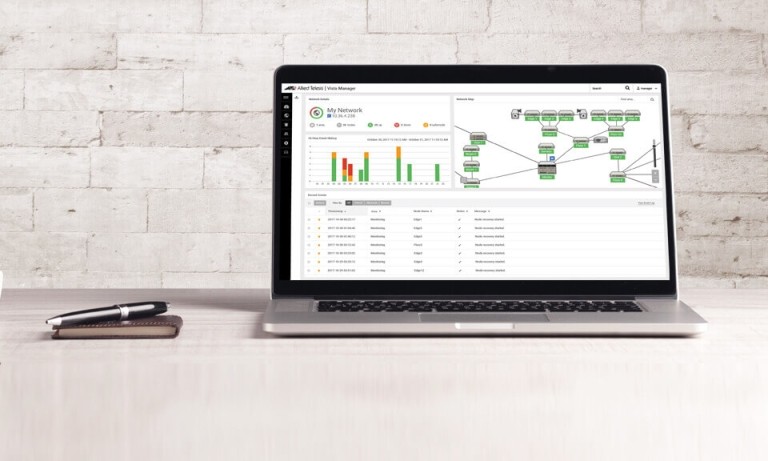
How do network routers provide security?
In What is a network router?, we described how network routers direct traffic across the Internet. But routers don't stop at directing traffic. In the modern enterprise, with concerns about data breaches and network security at an all-time high, routers tend to form the first line of defense. Many come equipped with built-in firewalls and incorporate features such as Network Address Translation (NAT) and Virtual Private Networks (VPNs).
Firewalls
A key security feature of routers is the built-in firewall. Much like its real-life counterpart, a firewall in networking terms is designed to create a protective barrier. It scrutinizes incoming and outgoing traffic, blocking or permitting data packets based on a set of predefined security rules. These rules are designed to fend off threats and prevent unauthorized access to the network. An effective firewall can protect the network from a variety of threats, including hackers, viruses, and worms, by identifying and blocking potentially harmful traffic.
In an enterprise environment, firewalls are integral. They offer a robust defense mechanism, preventing unauthorized access and harmful data from penetrating the network.
Virtual Private Network (VPN)
Another important security measure is the Virtual Private Network, or VPN. VPNs provide a secure conduit (called a tunnel) between an organization's different office locations, or between remote workers and the office, across the internet. All data passing through the tunnel is encrypted to ensure it is not readable by any third-party entities who might attempt to intercept it. VPNs are vital for businesses with remote employees or multiple locations requiring secure access for all staff to the organization's internal network.
VPNs essentially extend a private business network across public networks or the internet, enabling users to send and receive data as if their computing devices were directly connected to the private business network. This facilitates a secure method for employees to access and use digital business resources and applications regardless of their geographical location, maintaining data security and privacy.
Network Address Translation (NAT)
NAT is another crucial security feature utilized in routers. NAT essentially masks the IP addresses of devices within a local network when they communicate with the wider internet. When a device sends a request over the internet, the router replaces the device's private IP address with its own public IP address in the outgoing data packet. Responses are then sent back to the router, which translates the public address back into the private address and forwards the data to the correct device.
NAT increases security as it restricts inbound access from the internet. Only outbound connections are permitted, which means devices from the internet cannot initiate a connection with the internal devices, thereby protecting the internal network. This process essentially makes the devices in a network invisible to the outside world, providing an additional layer of protection against potential external threats.
In conclusion
Firewalls, VPNs, and NAT are foundational to a robust cybersecurity strategy in an organization. While the firewall diligently monitors potential threats, the VPN ensures secure communication channels, and NAT safeguards the internal network's privacy. However, remember that these tools alone cannot offer complete protection. A comprehensive cybersecurity approach should combine these and other strategies for robust network security.
Related

